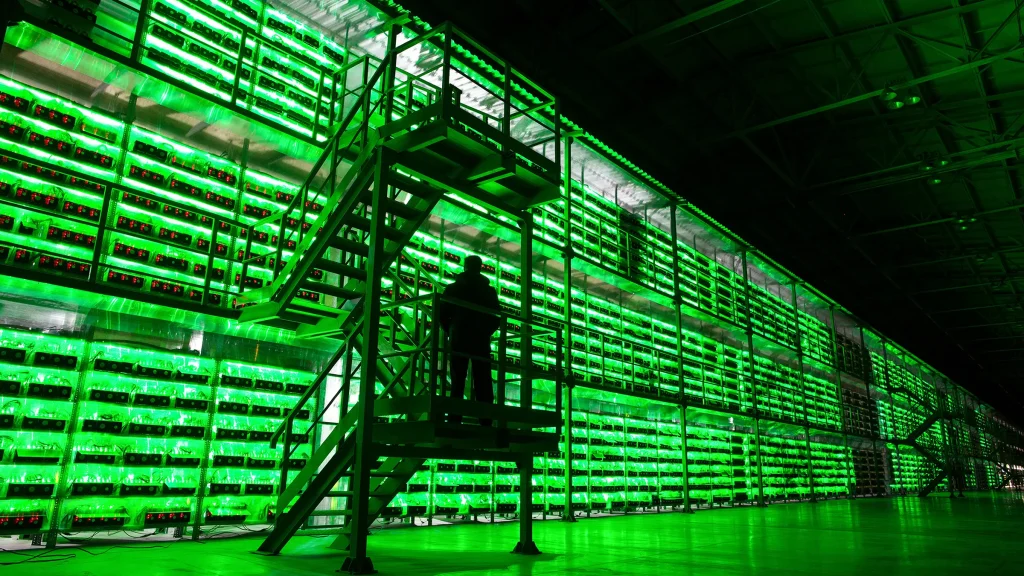Bitcoin halving, a major event for the network and the cryptocurrency market, has a particularly significant influence on the mining sector because it reduces the Bitcoin reward by half. This fourth halving, which is expected to occur around April 19, would reduce the block reward from 6.25 to 3.125 BTC. This programmed adjustment takes place every four years and maintains the trend established since the initial halving in 2012. It is intended to control inflation while simulating the shortage of traditional resources.
Adam Sullivan, President and CEO of Core Scientific, explains the problems and opportunities that this halving brings. Core Scientific is one of the largest Bitcoin miners in the US.
How Bitcoin Halving Will Affect Miners
Sullivan initially described the unique atmosphere and revolutionary nature of this approaching event, which coincided with the introduction of Bitcoin exchange-traded funds (ETFs) in the same year.
“This halving is interesting; it’s a bit different than 2020. I would say we’re more decentralized than we were in 2020 in terms of where miners are located,” Sullivan said.
“We’re at a point now where the majority of the hash rate that’s online today can actually stay online post-halving,” Sullivan explained. “I think that’s going to elongate the cycle.”
Because of the probable infrastructure constraints, Sullivan believed that new generation machines would be limited in their availability. In addition, the miners’ margins will be significantly compressed in the first few months following the halving.
As he predicted a difficult period for miners, Sullivan stated that many industry players would sell their assets and even businesses for cash by the end of 2024.
“You can only survive on getting cash, making some money for three to four months before a lot of these companies have to say ‘I need a big cash infusion. Let me go sell some of my assets. I think no one will be surprised by the significant amount of M&A (mergers and acquisitions) that occurred,” Sullivan said.
The Future of Bitcoin Mining
In addition to the halving event, the future of the U.S. mining industry is being shaped by external economic variables and the continued hunt for cost-effective mining areas. As electricity prices rise in regulated markets, Sullivan forecasts a restructured and redefined mining industry in North America, particularly as miners struggle to find chances to operate large plants across the United States.
With an eye toward the upcoming cycle through 2028, Sullivan emphasized the growing prospects in South America and Africa as well as the Middle East as a developing center for affordable power. Sullivan noted that even in the unlikely event that Bitcoin mining operations were to take off in unexplored areas, the current leaders would most likely serve as project pilots and enlist local support. Sullivan noted that even in the unlikely event that Bitcoin mining operations were to take off in unexplored areas, the current leaders would most likely serve as project pilots and enlist local support.
You can also freely share your thoughts and comments about the topic in the comment section. Additionally, don’t forget to follow us on our Telegram, YouTube, and Twitter channels for the latest news and updates.


